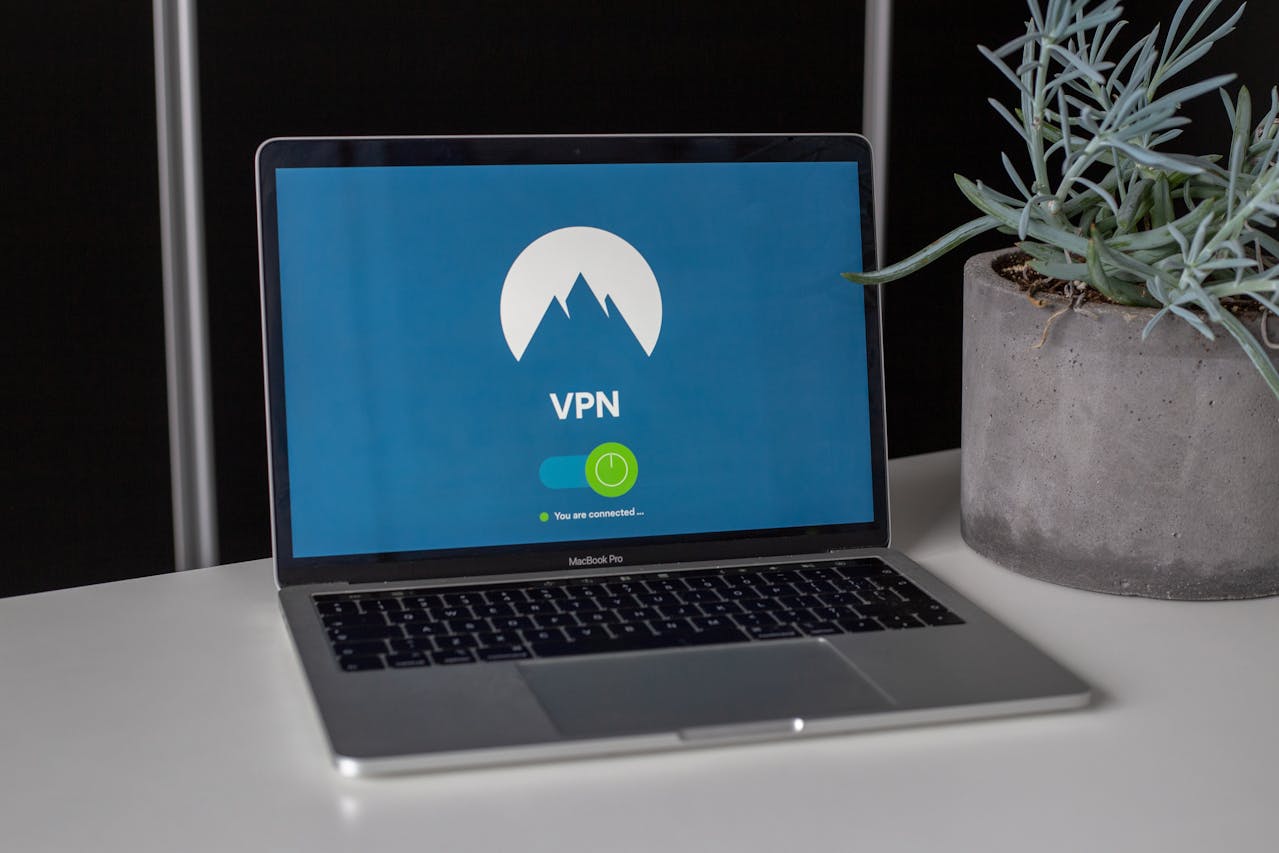
PR for Privacy-First Companies: Building Trust Through Data Ethics
Privacy has become a defining factor in how consumers choose and trust brands. Recent data shows 76% of Americans distrust social media companies with their data, while 72% advocate for stricter privacy laws. This shift in consumer sentiment, combined with regulations like GDPR and CCPA, has created both challenges and opportunities for companies committed to ethical data practices. For PR professionals and marketing leaders, the task of communicating privacy commitments effectively while building brand trust requires a strategic approach that goes beyond basic compliance.
Building Trust Through Transparent Privacy Communication
The foundation of privacy-first PR lies in clear, honest communication about data practices. Companies must move beyond complex legal jargon and create messaging that resonates with their audience while maintaining compliance with privacy regulations.
Successful privacy communication starts with simplifying privacy policies. Many organizations now use layered approaches, presenting key information in easily digestible formats while providing links to more detailed documentation. This strategy helps users understand their rights and the company’s commitments without feeling overwhelmed.
Data usage transparency has become particularly critical. Companies like Sephora have successfully implemented preference centers for collecting zero-party data, giving customers direct control over their information sharing. This approach has shown remarkable results, with 85% of customers reporting increased trust in companies that prioritize data protection.
To maintain ongoing transparency, organizations should:
- Regularly update stakeholders about privacy practices
- Provide clear opt-in/opt-out mechanisms
- Explain data collection purposes in plain language
- Share privacy updates through multiple channels
Positioning Your Company as a Data Ethics Leader
Becoming recognized as a leader in data ethics requires more than just following regulations. It demands a proactive approach to privacy that becomes part of your brand’s core identity.
First-party data strategies have become increasingly important in this context. By focusing on information freely provided by customers, companies can demonstrate respect for privacy while maintaining effective personalization. This approach also helps build trust by showing customers that their data is being used responsibly and with their explicit permission.
Companies can strengthen their position as privacy leaders by:
- Publishing regular transparency reports
- Participating in privacy advocacy initiatives
- Implementing privacy by design principles
- Showcasing privacy certifications and compliance achievements
Creating Compelling Privacy-Focused Content
Effective privacy communication requires content that balances technical accuracy with engaging storytelling. PR teams must craft narratives that highlight privacy benefits while maintaining audience interest.
Press releases about privacy initiatives should focus on customer benefits rather than technical details. For example, instead of simply announcing GDPR compliance, highlight how new privacy features improve user experience and data control.
Social media presents unique opportunities for privacy communication. Short-form content can effectively communicate privacy updates and tips, while longer formats like blog posts can dive deeper into privacy initiatives and company values.
Content strategies should include:
- Customer success stories highlighting privacy benefits
- Educational content about data protection
- Behind-the-scenes looks at privacy measures
- Regular updates on privacy improvements
Managing Compliance and Mitigating Risks
Privacy-first PR requires careful coordination between communications, legal, and technical teams. A structured approach to compliance helps prevent reputational damage while building trust.
Organizations need established workflows for reviewing privacy-related communications. This includes:
- Legal review processes for privacy statements
- Coordination protocols between PR and data protection teams
- Crisis communication plans for potential privacy incidents
- Regular audits of privacy messaging
When privacy incidents occur, swift and transparent communication becomes crucial. Companies should have pre-approved response templates and clear escalation procedures to address concerns quickly and effectively.
Measuring Privacy PR Impact
Evaluating the success of privacy-focused PR requires specific metrics that go beyond traditional PR measurements. Key indicators include:
Trust Metrics:
- Customer trust scores
- Privacy policy acceptance rates
- Opt-in rates for data collection
- Customer feedback on privacy practices
Brand Perception Metrics:
- Media sentiment analysis
- Social media sentiment around privacy topics
- Privacy-related brand mentions
- Customer survey results
Business Impact Metrics:
- Customer retention rates
- Conversion rates on privacy-dependent features
- Customer Lifetime Value changes
- Privacy compliance cost savings
Developing a Privacy-First Communication Strategy
Creating an effective privacy-first PR strategy requires a comprehensive approach that integrates various communication channels and stakeholder needs.
Start by conducting a privacy communication audit to identify:
- Current privacy messaging effectiveness
- Gaps in privacy communication
- Stakeholder communication needs
- Compliance requirements
Then develop a structured communication plan that includes:
- Regular privacy updates
- Stakeholder education programs
- Crisis communication procedures
- Measurement and reporting systems
Conclusion
As privacy continues to shape consumer behavior and business practices, companies that excel in privacy-first PR will gain significant competitive advantages. Success requires a balanced approach that combines transparent communication, strategic positioning, and careful compliance management.
To get started:
- Assess your current privacy communication strategy
- Develop clear, accessible privacy messaging
- Create a measurement framework for privacy PR
- Build strong relationships between PR, legal, and technical teams
- Invest in ongoing privacy education and communication
Remember that privacy-first PR is not just about compliance – it’s about building lasting trust through consistent, transparent communication about data practices. Organizations that master this approach will be well-positioned to thrive in an increasingly privacy-conscious market.
Learn how companies can build trust through ethical data practices, transparent privacy communication and strategic PR. Tips for privacy-first brand communication.